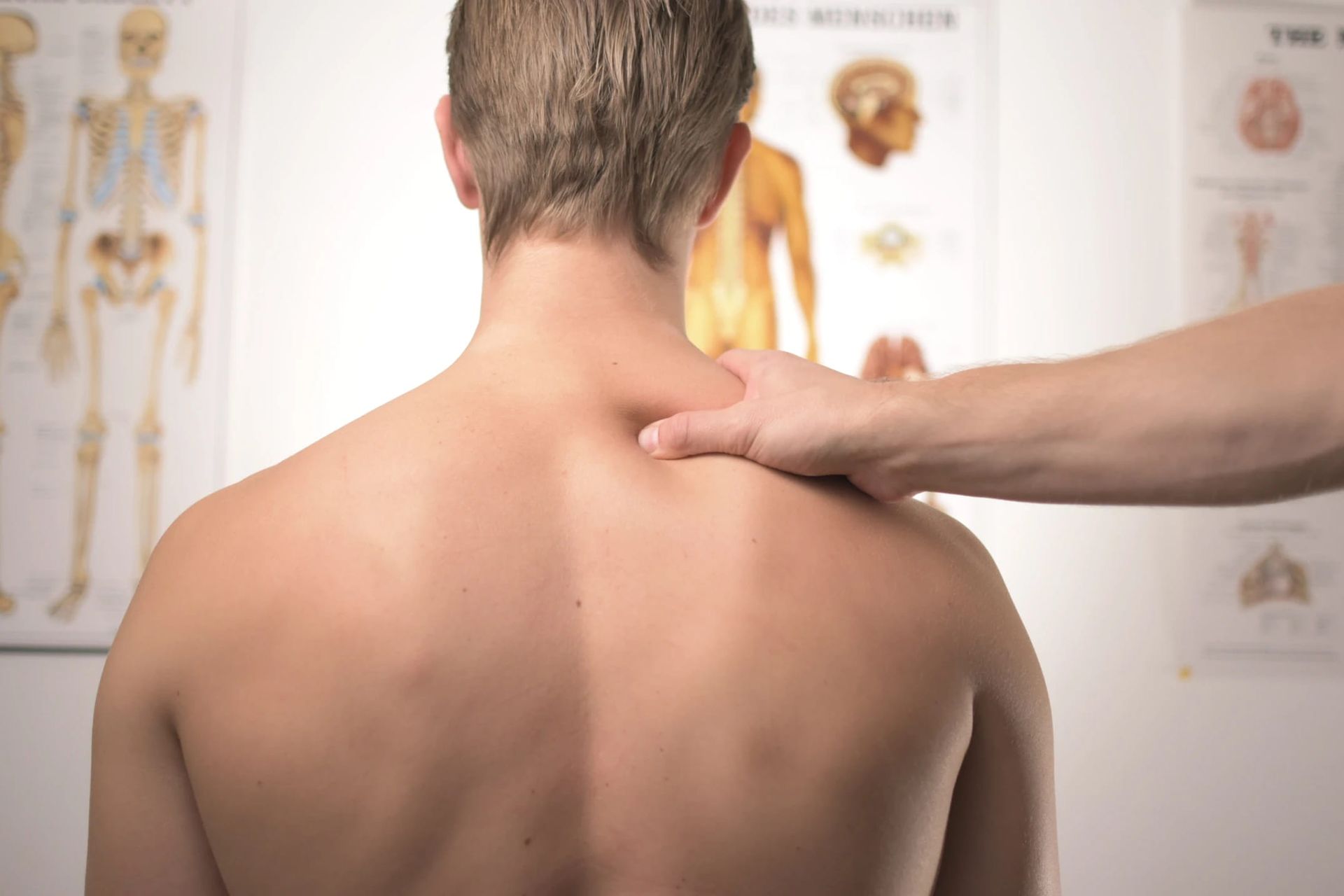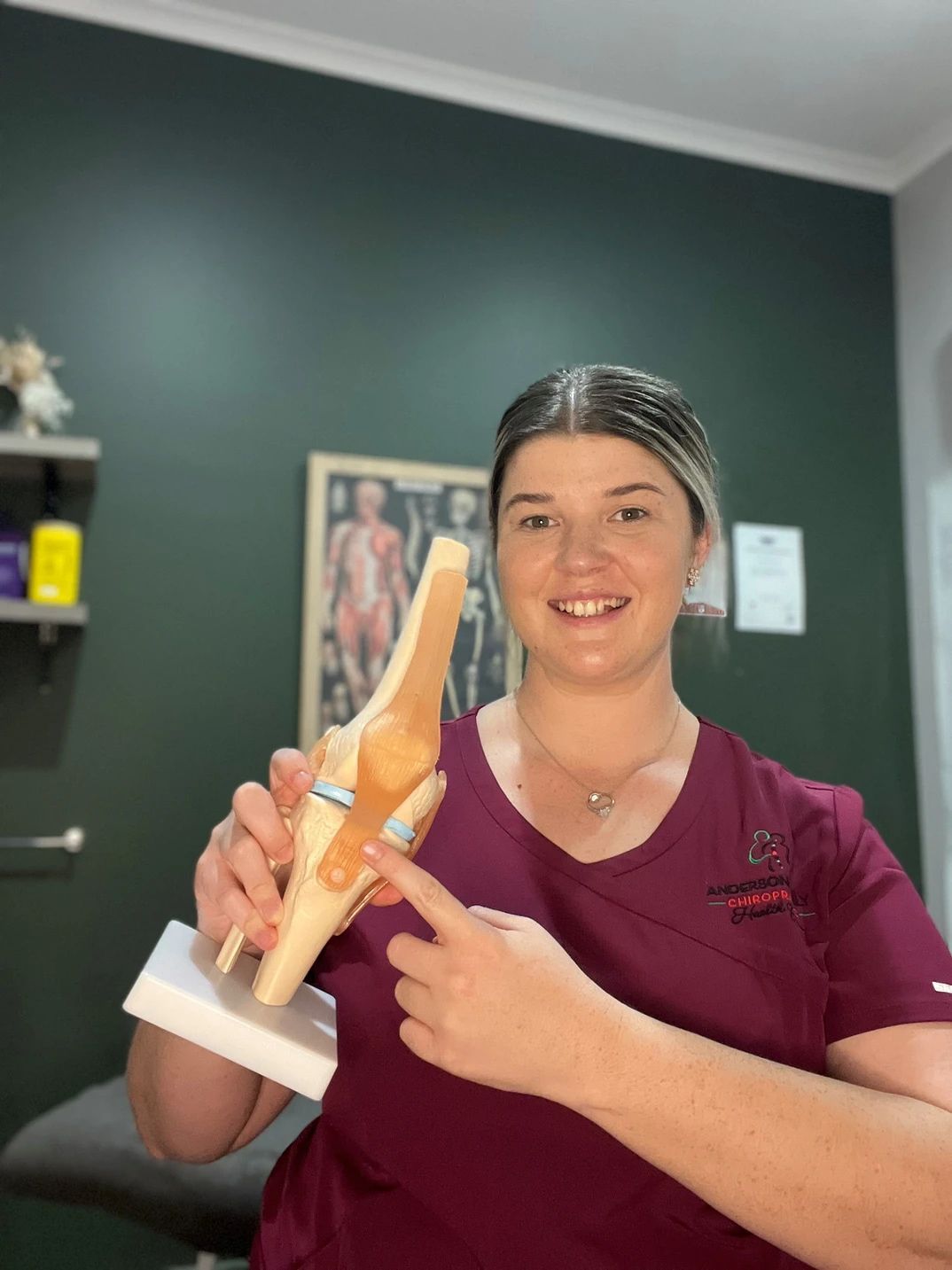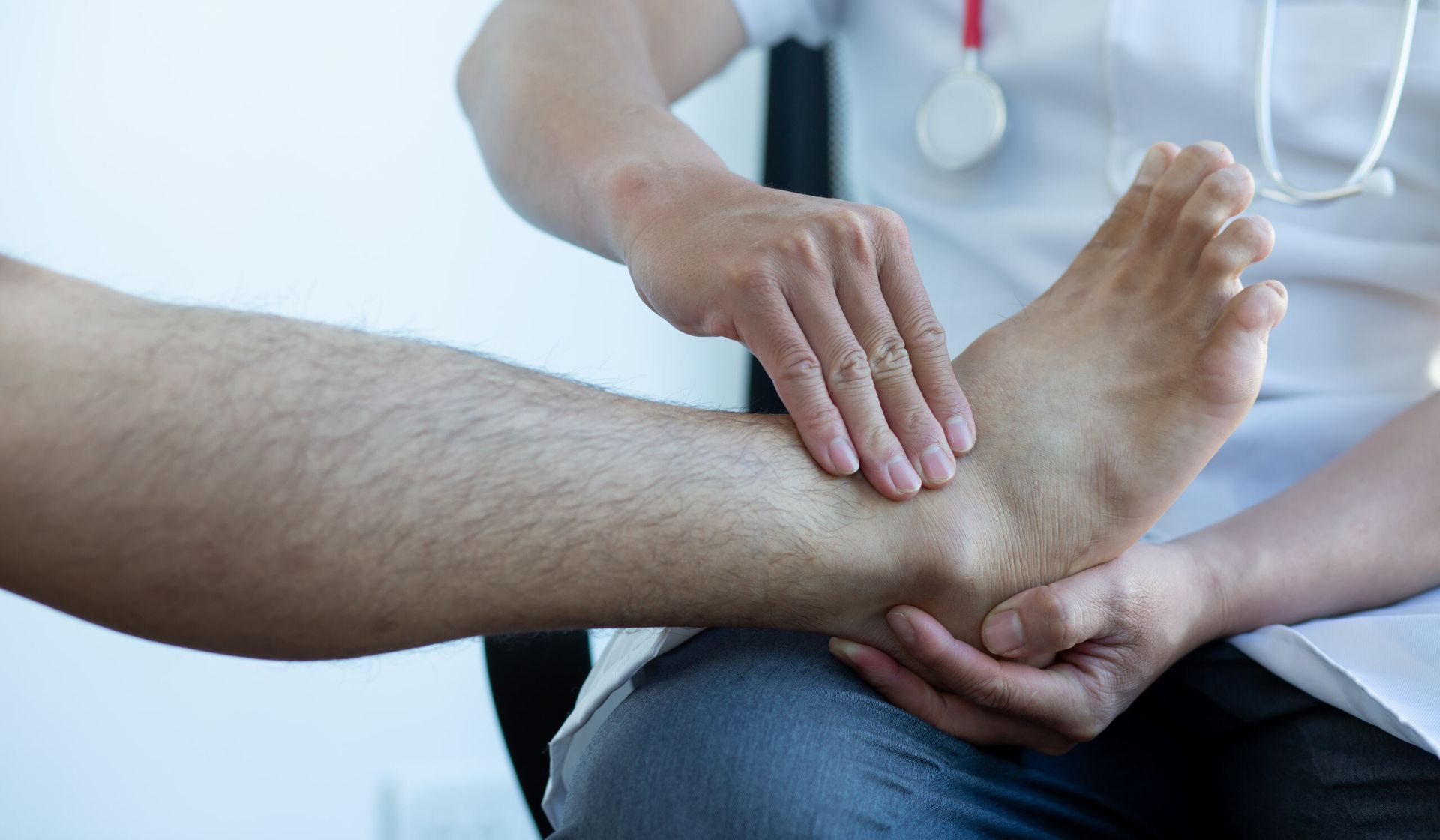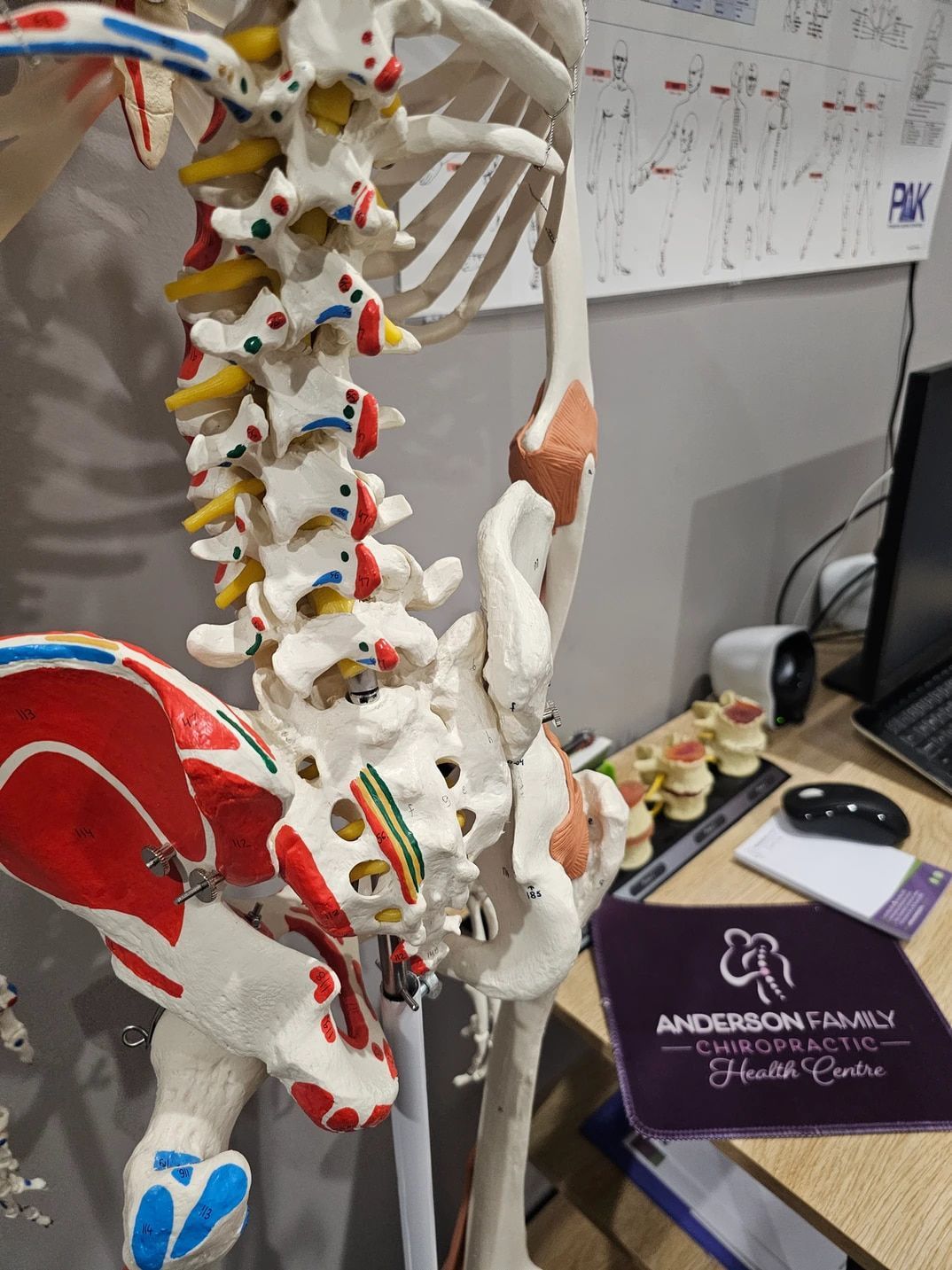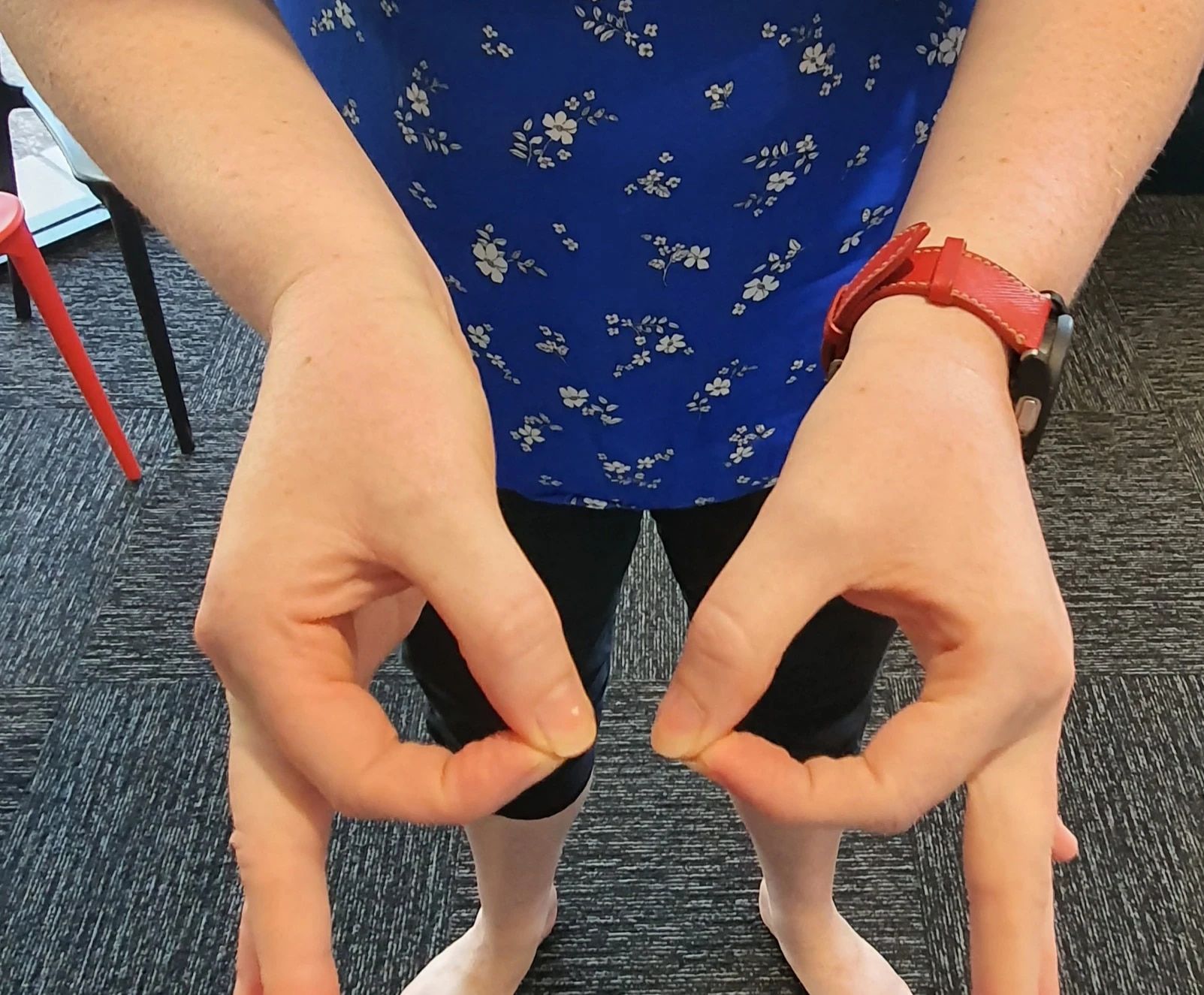Trigger Points and Referred Pain
Everyone has felt the tightness and tension that can occur every now and then in their bodies. The feeling of muscles tightening can be due to any number of factors including stress, overuse or trauma. It doesn’t feel great in the afflicted areas, but there are many other ailments which may occur due to the long-term tightening of muscles. These issues can be local to the affected muscles but can also radiate and affect other areas of the body seemingly unrelated to the origin muscle. For example, muscles around the upper neck can cause headaches and arm pain whilst pelvic muscles can cause pain running down the legs. This phenomenon is known as “referred pain”, and each muscle in the body refers pain differently. In this article, we will discuss why this occurs, what some examples are and how you can seek help if you think you have these types of issues.
Firstly, in order to understand why these muscles become tight, there has been plenty of research into the matter which can be utilised. In a review by Bron and Dommerholt, they investigated the muscle fibres when placed under repetitive stress. In their findings, they found that the “fast twitch fibres” of the muscle fatigued the quickest due to their inability to quickly regain energy to continue use, compared to the “slow twitch fibres'', which used oxygen to recreate their own energy supplies over longer periods. This then supports the findings in one of the reviewed articles, which found that the muscle fibres most commonly making up the bunches known as trigger points were the fatigued fast twitch fibres. This means that even with everyday stressors, which may not be high impact, they also cause fatigue if the muscle is constantly “switched on”. Activities such as computer or office work, overuse of handheld electronics, overhead lifting or holding work or even scanning at a checkout can cause overuse due to excessive repetition of similar muscle motions. The same study also showed that in healthy patients at rest, the issue could persist from 3-7 days. However, this means that if the stressing activity is continued, the muscle does not have the time to “switch off”, which can aggravate issues arising from that trigger point. But the question remains; how do we know if we have trigger points?
The first thing that you may notice is the tightness of the muscle and how tender it is with use. Usually people just work through it and as such, this starts to cause the referral of pain from that muscle. This is usually made worse with pressure to the tight muscle at the small hard points called the trigger points. Some points can cause issues that seem completely unrelated to the point you are touching, such as the Suboccipital and Levator Scapulae muscles of the neck causing pain running from the back of the head to near the temples and forehead, which is usually mistaken as a headache. Secondly, the Scalene group of muscles in the lower neck are shown to cause pain running down the arm and even almost to the wrist. Lastly, muscles in through the low back and pelvic area, such as the Iliopsoas and Gluteal muscles can cause pain running down the front and back of the thighs, a fair distance from the original trigger point.
The important thing to understand with trigger points is that although they may be easily treatable with musculoskeletal care such as chiropractic or massage, they can also mask other more serious issues. This means that it is best to see either of these specialists to make sure that your symptoms are caused by trigger points, and not something more serious. At Anderson Family Chiropractic Mackay, we have Chiropractors and Remedial Massage Therapists who can help diagnose and create the best treatment plan for your issues. Feel free to contact us on 4942 6930 to organise an appointment if you would like to investigate any pains which you think may be related to trigger points.
Bron, C., Dommerholt, J.D. Etiology of Myofascial Trigger Points. Curr Pain Headache Rep 16, 439–444 (2012).
https://doi.org/10.1007/s11916-012-0289-4
